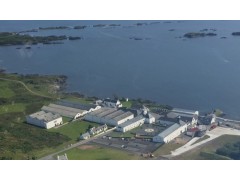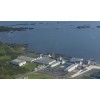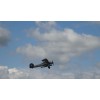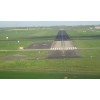Carlisle Flight Training are pleased to be corporate members of AOPA, supporting its efforts on behalf of light aviation. Therefore we are able to offer additional courses, only available from member organisations, such as the Flying Companion certificate course. The course has been designed to increase the enjoyment, participation and confidence in flying for those who regularly accompany licence holders, such as partners, spouses, friends and family members. This includes the safe recovery and landing at an appropriate airfield as a result of a simulated emergency.
The AOPA Flying Companion course has been structured to enable those who fly regularly with a Private Pilot Licence (PPL) holder to be more involved in the flight and, therefore, more confident when flying as a passenger.
It is appreciated that some flying companions may subsequently wish to continue training for a licence of their own, if so the hours flown on the course may be counted towards that qualification. However, it should be noted that the syllabus is an abridged version of the early flight exercises and ground studies for the PPL and covers only parts of the training requirements for the PPL. Similarly, those wishing to assist with the operation of the radio on a flight would need to hold a Flight Radio-telephony Operators Licence and we will be able to advise how to achieve this. There is no test with this course, you are assessed by your instructor, there is a cost of £20 to be paid to AOPA to cover administration and issue of certificate.
The course can be thought of in two parts, ground training & flight training and will consist of the following:
Ground Training
The course will consist of at a minimum of 10 hours of briefings or lectures given by one of our flight instructors, covering the basics of the following areas of theoretical knowledge;
• Aviation law
• Principles of flight
• Human performance & limitations
Flying Training
The airborne portion of the course consists of a minimum of eight hours dual flying with one of our Flight Instructors conducted within a period of 12 months. This would normally be undertaken in the type of aircraft regularly flown with the student taking control from the appropriate passenger seat and will cover the following items;
• Cockpit familiarisation
• Effects of controls & using the controls in flight
• Making use of the aircraft instruments
• Aircraft systems that need to be monitored
• Use of the radio and transponder
• How circuits are flown at an airfield
• Interpreting an aeronautical chart
• How to use the emergency services
• Flying straight and Level
• Climbing, descending and turning
• A safe recovery and landing at an appropriate airfield as a result of a simulated emergency.














